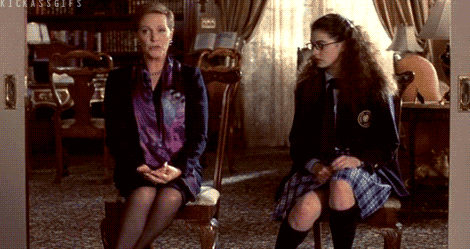 |
| (A Victorian-style illustration) |
Or maybe you're into architecture, so you might think of this:
 |
| (A Victorian-style home) |
However, there is so much more that we can appreciate of the Victorian Era. For example, some of the literature produced was amazing. With an understanding of the social issues that faced the people of that time period, we can glean a lot of interesting information that both educates and inspires.
Here are some basic facts about the Victorian Era:
- Lasted from about 1837-1901
- Gets its name from the ruler of the time, Queen Victoria of Britain
- Lots of technological and scientific advances were taking place during this time (the Industrial Revolution)
- Living conditions were VERY poor, and prostitution and child labor were VERY common
- Towards the end of the Victorian Era, women petitioned for more rights and made some progress
This last bullet point indicates that for a majority of the Victorian Era, women had very little rights. This was perpetuated by the stereotypes and expectations placed on women by society. These women were expected to be perfect, or "angels in the house," a term that comes from a poem by Coventry Patmore. (See excerpt here)
Virginia Woolf, a famous author who lived during the Victorian Era, had some things to say about this stereotype of "angel in the house" that she battled. She provided a simple, more applied definition of who this angel in the house was and how it affected her:
"She was intensely sympathetic. She was immensely charming. She was utterly unselfish. She exceeded in the difficult arts of family life. She sacrificed herself daily." - Virginia Woolf









0 comments:
Post a Comment